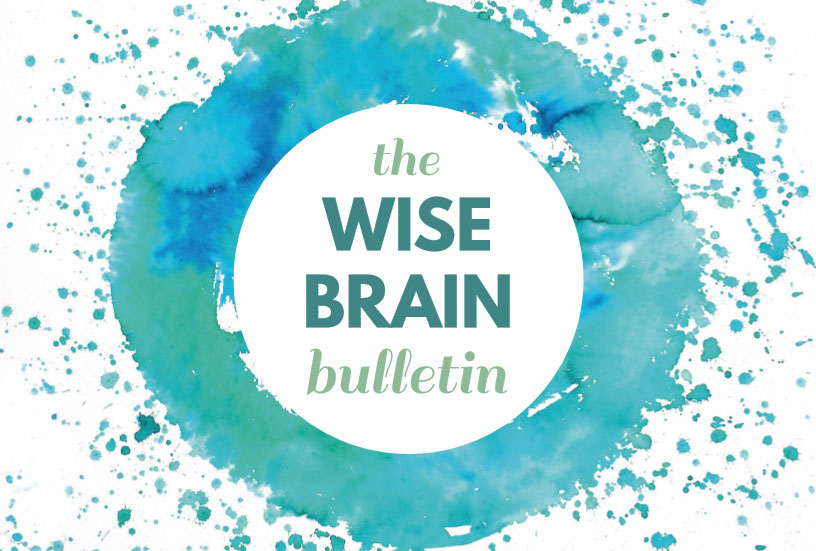News and Tools for Happiness, Love, and Wisdom
Volume 19,2• April 2025
The Wise Brain Bulletin is published bimonthly (6 times a year), and contains major articles as well as lots of nuggets about the brain, inspiring quotes, links to awe-inspiring pictures and websites, and much more.
To subscribe to The Wise Brain Bulletin, simply enter your email address above. We will never share your email address and you can unsubscribe anytime.
In This Issue
Olympic Athletes Who Meditate
© 2024 Olga Pinn
“Making sure I’m mentally well,” Simone Biles took a moment to meditate and breathe in the middle of her gold medal performance at the 2024 Paris Olympics. “Mental health matters,” she captioned a photo on Instagram of herself sitting cross-legged with her eyes closed—right before her all-around win.
Biles is among an increasing number of elite athletes prioritizing mental wellness and mental fitness training, and it’s paying off. Years of grueling training culminate in a single defining moment that tests not just an athlete's skill and performance, but their mindset.
As the legendary NBA Coach Phil Jackson famously said, "You can be the most talented and fit athlete, but if you don't have the right mindset, you simply cannot access that." Meditation as a way to train the mind has become a gold medal strategy for Olympic champions.
"Performance under pressure is exceptionally difficult," Dr. Brian Alman, Ph.D., a leading expert in sports psychology and stress management, explains. "Athletes need to resolve and heal the underlying root causes – traumas, fears, and worries – well before the big day."
Common Mental Challenges for Athletes
The biggest issues among athletes across various sports are reportedly self-doubt and self-criticism.
Many athletes:
- Underestimate themselves
- Play not to lose rather than playing to win
- Get stuck in negative thought patterns
- Fail to reach their full potential due to mental barriers
Experts agree that mental practice is just as crucial as physical conditioning in sports. "Most athletes spend 90% on physical training and maybe only 10% on the mental and emotional aspects. It really needs to be a 50-50 split," Dr. Alman emphasized.
The 2024 Paris Olympics further recognized this shift by introducing a new initiative: the Athlete365 Mind Zone. This dedicated mindfulness and relaxation space in the Olympic Village, equipped with VR meditation and nap pods, offered athletes a sanctuary to unplug, meditate, and recharge.
So, whether you're training for Olympic gold or just trying to crush your personal best, remember: the mind is the ultimate playing field. Let's dive into how some of the world's top athletes are using meditation and mindfulness practices to gain that crucial mental edge.
1. Simone Biles
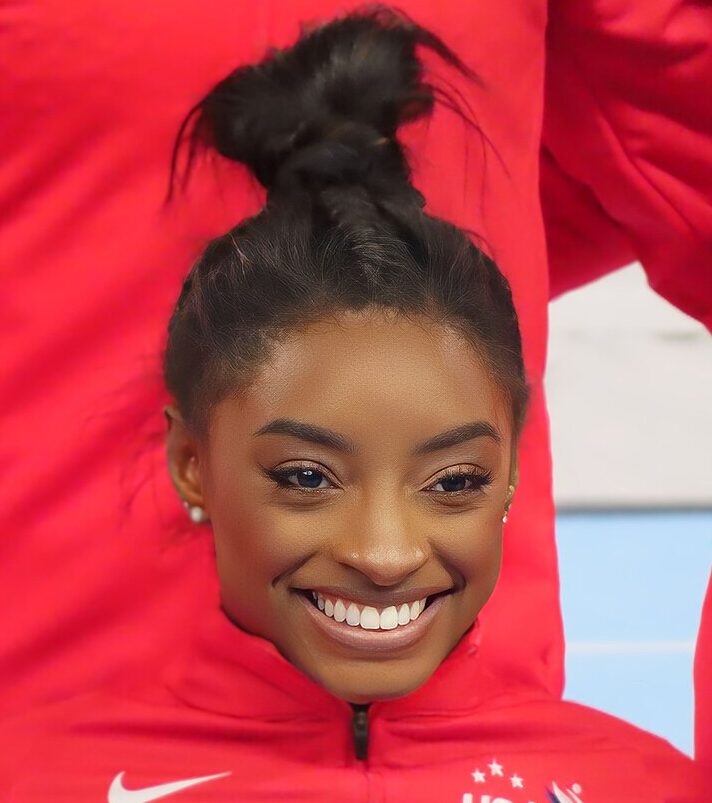 By Ocoudis - Own work, CC BY-SA 4.0, https://commons.wikimedia.org/wiki/File:Simone_Biles_National_Team_2024.jpg#Licensing
By Ocoudis - Own work, CC BY-SA 4.0, https://commons.wikimedia.org/wiki/File:Simone_Biles_National_Team_2024.jpg#LicensingSimone Biles, the most decorated American gymnast in history, has been refreshingly open about her mental health challenges. Her journey of rising back to the top includes techniques like mindful journaling and breathing exercises to ease anxiety and maintain focus under pressure.
Each day, the gymnastics icon dedicates about an hour to her "worry journal," a tool recommended by her therapist to address her concerns in a structured way.
"I have pretty bad anxiety sometimes, so my therapist tells me to use a 'worry journal,' so I have an hour to worry about things then," Simone has shared.
Her attempts to sit still in meditation initially started off "frustrating to the point of tears." But gradually, she discovered that meditation led to a place where she could center herself in the moment, muster her internal resources — creativity, energy, love — and move forward.
Simone's go-to mental fitness practices include:
- Visualization and breathwork
- Journaling
- Meditation
- Regular therapy sessions
2. Carissa Moore
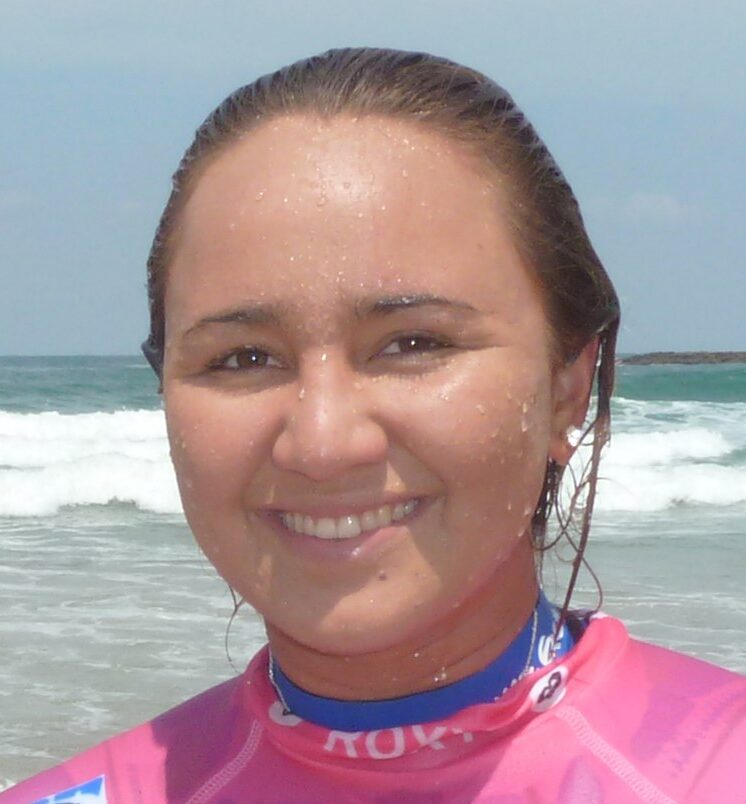 By CeeX - Own work, CC BY-SA 3.0, https://commons.wikimedia.org/w/index.php?curid=118160957
By CeeX - Own work, CC BY-SA 3.0, https://commons.wikimedia.org/w/index.php?curid=118160957Carissa Moore, a five-time world surfing champion who won the first-ever Olympic gold in women's surfing in 2020, believes that a clear, balanced mind is essential for performing at her best in the unpredictable ocean.
"The mental part of the game is almost more important than the physical part," Carissa said.
She works with a sports psychologist, journals daily, and practices meditation and yoga to get into the mindset of being "as free and happy as possible" when she hits the water.
3. LeBron James
 By Erik Drost - https://www.flickr.com/photos/edrost88/51959977144/, CC BY 2.0, https://commons.wikimedia.org/w/index.php?curid=131408908
By Erik Drost - https://www.flickr.com/photos/edrost88/51959977144/, CC BY 2.0, https://commons.wikimedia.org/w/index.php?curid=131408908Basketball legend LeBron James is as renowned for his mental fortitude as his physical dominance. Beyond the tomahawk dunks and assists, the Lakers star has developed a robust mindfulness practice. From his on-court meditative moments during timeouts to his partnership with the meditation app Calm, James has consistently prioritized mental fitness over the years.
“It’s just as important to my game, my career, and my life as anything I can do physically,” he expressed.
LeBron integrates mindfulness into every aspect of his game. From pausing and taking deep breaths to full-on meditation sessions, he's all in. Whether it's in the morning, before practice, after practice, or during game time, he's carving out moments for mental clarity.
LeBron's mental fitness journey:
- Daily meditation routine
- Partnership with Calm app for mental fitness
- Emphasis on using meditation as longevity tool in competitive sport
- Mental fitness advocacy for youth
4. Novak Djokovic
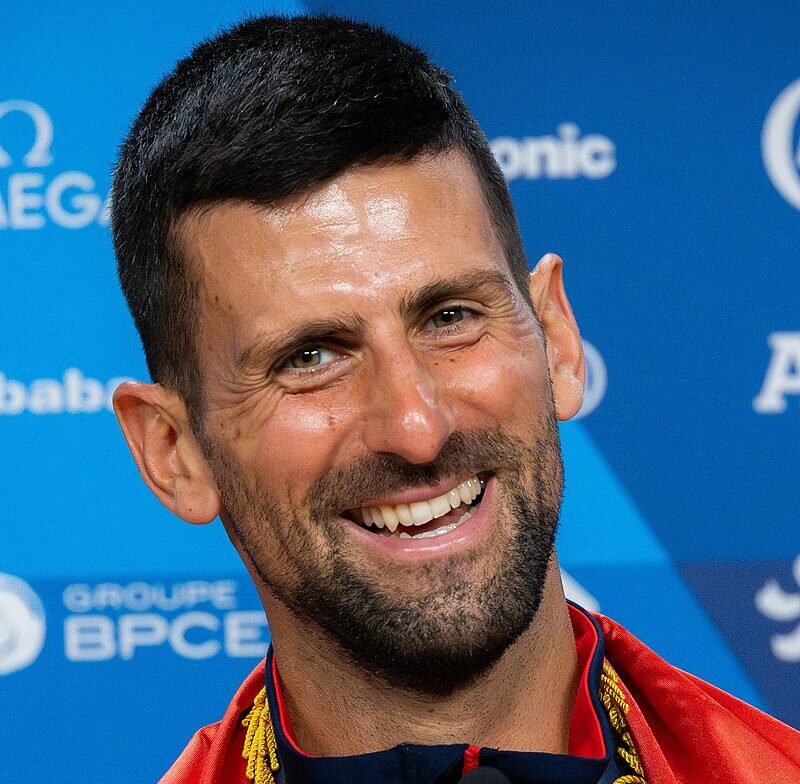 By Andymiah - Own work, CC BY-SA 4.0, https://commons.wikimedia.org/w/index.php?curid=153056395
By Andymiah - Own work, CC BY-SA 4.0, https://commons.wikimedia.org/w/index.php?curid=153056395A tennis titan and record-breaking champion, Novak Djokovic is known for his mental mastery. He earned admiration from fans who see him as "the most knowledgeable athlete on how the human mind works."
Novak's holistic approach to well-being and performing at the highest level combines physical training with mindfulness practices. A Christian by faith, he has meditated with Buddhist monks and is known to be a regular at a Buddhist temple in Thailand.
In many interviews, Djokovic talks about how mindfulness practices help him in high-pressure clutch moments, like a match point, and how he transforms challenges such as distractions and fears into fuel for performance.
"I practice a lot of mindfulness, meditation, and journaling," Djokovic said.
Novak's mental fitness routine:
- Daily meditation practice
- Focus on mental clarity and emotional balance
- Finding micro moments every day to silence the noise and go inward
- Commitment to long term practice as "mentally it takes years”
His words of advice on how to keep calm under pressure:
"Consciously breathing first—that's probably the simplest thing you could do, but it's also the most effective."
5. Steph Curry
 By Keith Allison from Hanover, MD, USA - Stephen Curry, CC BY-SA 2.0, https://commons.wikimedia.org/w/index.php?curid=38695403php?curid=46777220
By Keith Allison from Hanover, MD, USA - Stephen Curry, CC BY-SA 2.0, https://commons.wikimedia.org/w/index.php?curid=38695403php?curid=46777220Steph Curry, one of the NBA's most electrifying players and a representative of Team USA in the Paris Olympic Games, has a secret weapon in his mental training arsenal: floating.
Once a week, Curry steps into a dark, soundproof chamber at a float spa in San Francisco to experience an hour in a deep meditative state. The tank, filled with body-temperature water and a thousand pounds of Epsom salt, creates a weightless environment as if you are floating in space.
These floating sessions serve multiple purposes for Curry. They help with physical recovery after intense games and training as the magnesium-rich water soothes his muscles. More importantly, they provide a powerful mental reset and the opportunity for deep relaxation away from the noise, helping him process the constant stimuli of his high-profile life and career.
The mental clarity gained from these sessions translates directly to his performance on the court, enhancing his ability to make split-second decisions and maintain focus under pressure.
"When I get in the tank," Curry once told ESPN, "it's just me and my thoughts for an hour, playing Russian roulette of the mind."
6. Katie Ledecky
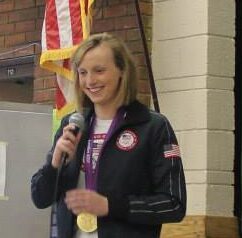 By Michael Ledecky - Own work, CC BY-SA 4.0, https://commons.wikimedia.org/w/index.php?curid=38695403
By Michael Ledecky - Own work, CC BY-SA 4.0, https://commons.wikimedia.org/w/index.php?curid=38695403USA's swimming GOAT, Katie Ledecky, an eight-time Olympic gold medalist, may not have a formal meditation practice, but her approach to swimming embodies the very essence of mindfulness.
In her new book, "Just Add Water," she reflects on the importance of staying present and achieving heightened moment-to-moment awareness as a way of living her best life.
“I’m wired as an aerobic swimmer. I embrace routine. I lean into the regularity. The endless laps become a kind of meditation. It’s a bit like walking through those spiraling Zen gardens, a way to calm the noise of the world and let the consistency and predictability of swimming back and forth wash over you,” Katie wrote.
7. Jack Robinson
Meditation is indeed a way of life for this Aussie surf king, who even named his first son "Zen." Robinson claimed a silver medal at the Paris Olympics, marking Australia's best-ever result in Olympic surfing. He incorporates daily meditation and breathwork into his routine, both at home and during competitions. Robinson believes that his pre-surf meditation ritual is crucial for his success, helping him stay centered and focused despite external distractions.
Jack’s mental fitness tools:
- Daily meditation practice
- Pre-surf meditation ritual to get in the right mindset
- Dedicated "meditation station" at home
His favorite mantra? "Meditating in the morning can be your anchor for the day."
Guiding Greatness: The Impact of Top Coaches
Top coaches in sports have long recognized the importance of mental preparation, with a growing emphasis (and scientific evidence) on mindfulness techniques to help athletes achieve peak performance and maintain focus under pressure.
Phil Jackson, one of the most successful coaches in NBA history, also known as the "Zen Master," famously integrated mindfulness and meditation into his approach. As head coach of the Chicago Bulls and Los Angeles Lakers, Jackson led his teams to a record eleven NBA championships.
Jackson's philosophy blended Eastern wisdom with basketball strategy. He encouraged players to practice mindfulness to enhance their focus and reduce stress.
For example, he would lead pregame meditations, and "tell players to close their eyes and think about being in the championship parade, or being down one or two points and overcoming their fears," Shaquille O'Neal mentioned in his interview with CNBC about building an unstoppable mindset.
"The soul of success is surrendering to what is." - Phil Jackson
While visualization of success has its place, Dr. Brian Alman, who has worked with NFL stars, PGA golfers, and Ironman champions, takes a counterintuitive approach.
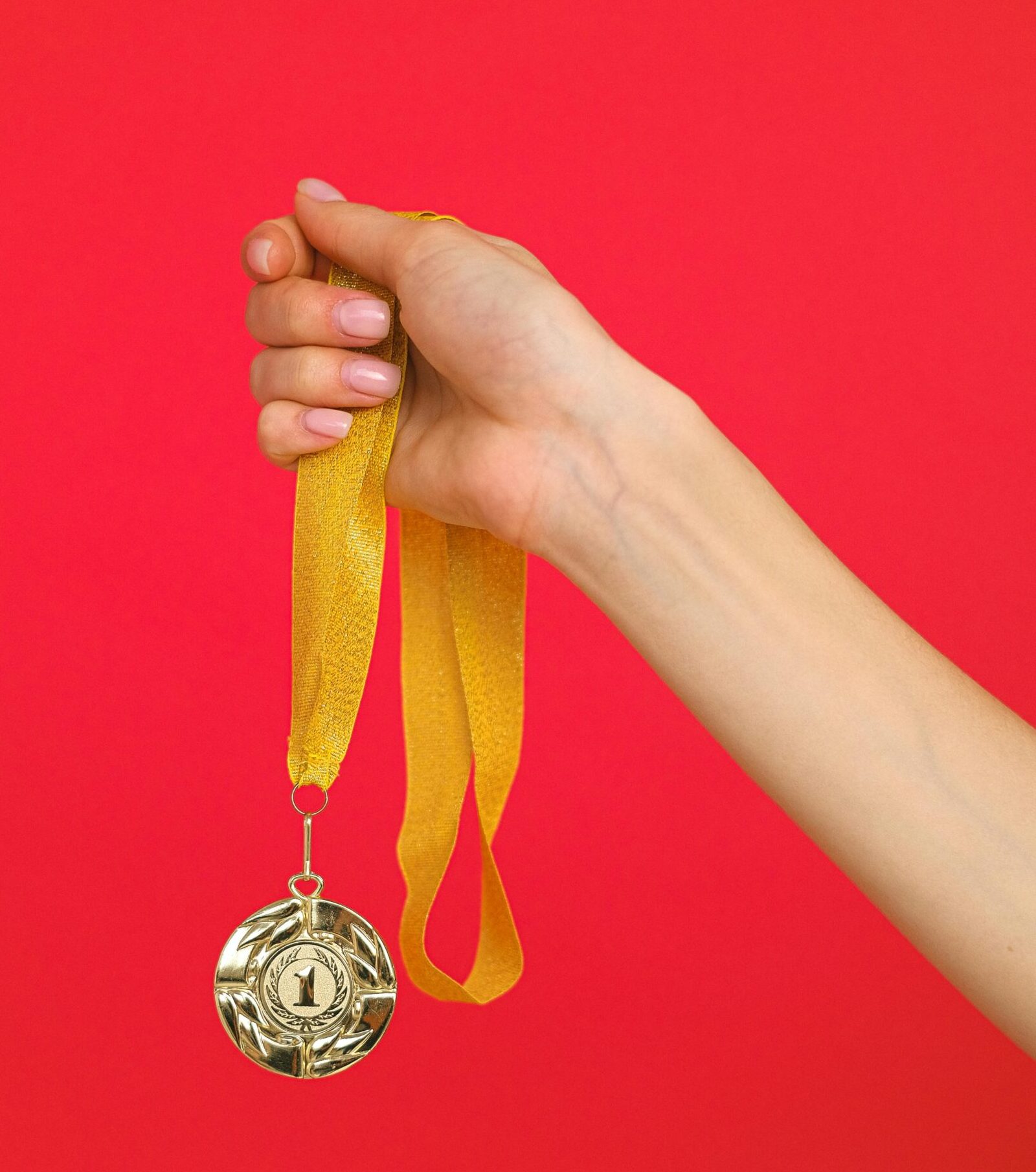
"It's very important to be able to go deeper inside the distress, the worry, the self-doubt, the fear," Dr. Alman explains. "And by going deeper, at the very bottom of that, you find pure gold solutions, beautiful answers." This method of exploring both positive and negative aspects may seem counterproductive but is key to addressing underlying issues like self-doubt and self-criticism.
One of his key principles, "Repressing Causes Obsessing," resonates with athletes like Simone Biles and Novak Djokovic. Both have acknowledged that accepting strong or negative emotions, rather than avoiding them, led to healing. Biles has stated that therapy taught her to view intense feelings as signals calling for attention and care.
This holistic method complements traditional mindfulness practices, where athletes learn to observe their thoughts and emotions without judgment. Combined, these mental training techniques have proven effective for many top athletes, demonstrating that those who do the most inner work often become the most successful in their chosen field.
The Science Behind Mindfulness in Sports
Emerging research is shedding more light on the critical role of mental training in athletic success, helping coaches, trainers, and athletes use mindfulness as a simple and inexpensive method to decrease sports injuries, reduce competition anxiety, and improve performance.
A study published in the Journal of Clinical Sport Psychology found that basketball players who engaged in a 15-minute mindfulness activity significantly improved their free-throw shooting under pressure. This demonstrates how mindfulness can help athletes face adversity and competition anxiety when it matters most.
Mindfulness training also shows promise in preventing injuries. The Scientific Journal of Rehabilitation Medicine published a study that found that soccer players who did mindfulness training not only performed better, but also had fewer and less severe injuries.
Additionally, a Swiss study involving 133 elite athletes from twenty-three different sports revealed that athletes who were trained in mindfulness worried less in general and were able to prevent remaining worries from influencing athletes' behavior. This ability to manage stress and maintain focus helped them achieve better overall performance.
Mindfulness for All
Do you need to be a world-class athlete to tap into these tools?
Not at all.
Most of us won't be standing on the Olympic podium anytime soon. In fact, only about 0.00001% of the world's population ever becomes an Olympian, that's one in 10 million people. So while we might not be training for gold medals, we can still take a page from the Olympic playbook.
We all face our own "Olympic moments" in daily life - that big presentation at work, a difficult conversation with a loved one, or even just trying to keep cool in rush hour traffic. So, whether you're aiming for the podium or simply looking to improve your daily life, mindfulness can be a game-changer.

By weaving simple mindfulness practices into your daily routine - like taking a few deep breaths before a stressful event, à la Novak Djokovic, or spending a few minutes meditating in the morning, like LeBron James, or writing in a worry journal, as Simone Biles does - you can start to train your mind to worry less, sharpen your focus, and improve your overall well-being. And that, in my opinion, is the ultimate gold.
References
- https://www.cnn.com/2024/08/07/health/simone-biles-mental-health-olympics-wellness/index.html
- https://olympics.com/athlete365/articles/paris2024/recharge-and-refocus-in-the-athlete365-mind-zone-x-powerade-at-paris-2024
- https://www.buddhistdoor.net/news/buddhist-monks-cheer-on-tennis-star-and-meditator-novak-djokovic/
- https://www.espn.com/video/clip?id=14317328
- https://www.cnbc.com/2021/09/09/shaquille-oneal-on-competitive-mindset-phil-jacksons-meditations.html
- https://www.ncbi.nlm.nih.gov/pmc/articles/PMC7474752/
- https://medrehab.sbmu.ac.ir/article_1100590_en.html
- https://www.ncbi.nlm.nih.gov/pmc/articles/PMC9915077/
ABOUT THE AUTHOR
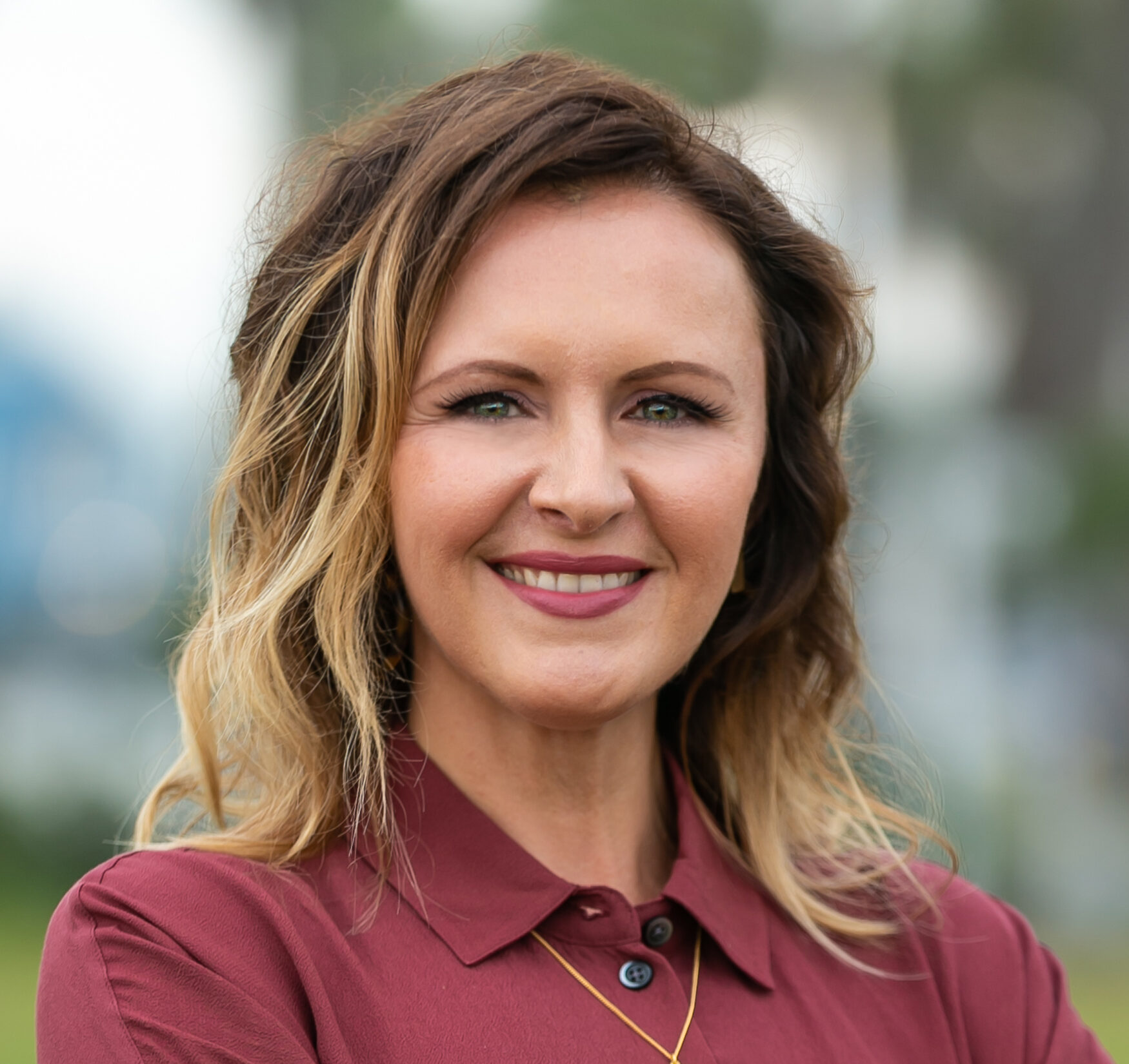
Olga Pinn is a California-based meditation teacher and mindfulness facilitator with a master’s degree in Multicultural Communications and a globally-inspired practice. A former eCommerce executive, she studied Philosophy in China, founded Meditate Mate, and co-founded Inward VR, a mindfulness technology startup. Always curious about emerging technologies, she recently earned an MIT certification in AI and Machine Learning. She enjoys exploring the intersection of ancient wisdom and modern science, finding balance through her daily meditations and catching waves in the Pacific.
What Was I Just Saying?
The menopause brain
© 2025 Tamsen Fadal
Excerpted from How to Menopause by Tamsen Fadal. Copyright © 2025 by Tamsen Fadal. Reprinted with permission of Balance Publishing, an imprint of Hachette Book Group. All rights reserved.
As a journalist, my superpower was my ability to talk off the cuff. I could hear dates, names, or facts and then rattle them off without a script or a thought. Whether I was chasing hurricanes, being embedded with the troops in Afghanistan, spending hours on local television covering the latest breaking news, or interviewing celebrities, politicians, and thought leaders, I did lots of research and hardly ever used any notes. My cameramen would jokingly call me “one-take Tamsen.”

Ad libbing was my jam. Until one day, it wasn’t.
I cannot pinpoint for you exactly the moment it happened, but what I do remember is how I felt when it did. I started feeling less and less confident in my ability to do the job I’d spent over twenty years doing.
First, I struggled to remember names during interviews— so, I would avoid them with a casual “Hey” or “Great to see you.” Then, simple everyday words became difficult to tackle. They would come across the teleprompter and I could feel my body break out in sweat. I would just skip that word, hoping that audiences at home thought they simply misheard me or it was a technical blip.
My coping mechanism was to power through and pray for the best.
I stopped being able to read, concentrate, and remember things. I had no idea that what I was experiencing was perimenopause-related brain fog.
Brain fog shattered my self-confidence. It paralyzed me frequently — during critical times at work, and in every other aspect of my life. And it left me fearful that this was the beginning of the end of my kick-ass years. I defined myself by my performance, and when I could no longer function at peak capacity, I lost my sense of who I was. I want to be clear that my ability to think clearly did come back — thankfully, this is a symptom that does tend to resolve. But while I was really in the throes, I was scared.
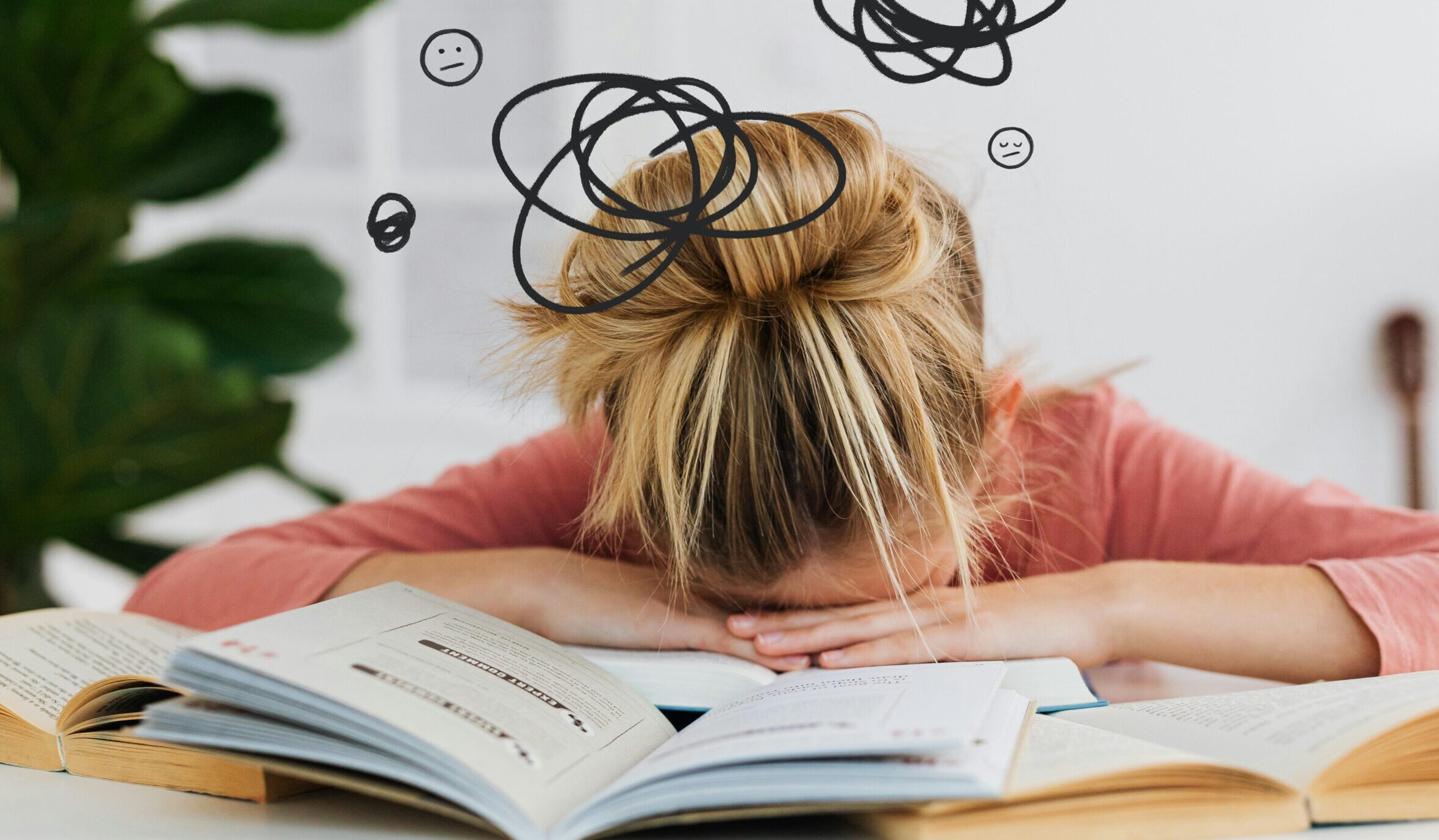
I came to discover that my misery had plenty of company. Brain fog and memory issues affect up to two-thirds of women in perimenopause, and thousands of women have reached out to me on social media with stories of their own struggles and fear. I don’t want one more woman to feel she has to hide what is happening to her.
Brain fog is real — and so are the emotions that it can bring along with it. But as you’ll discover, it is temporary. Your brain function is not all downhill from here— in fact, there are many aspects of cognition that get better as we age! Our brain rewires so that we become less emotionally reactive, more empathic, and better equipped to focus on the positive, rather than the negative. It’s almost like our brain has to go offline for a little while so that it can come back upgraded.
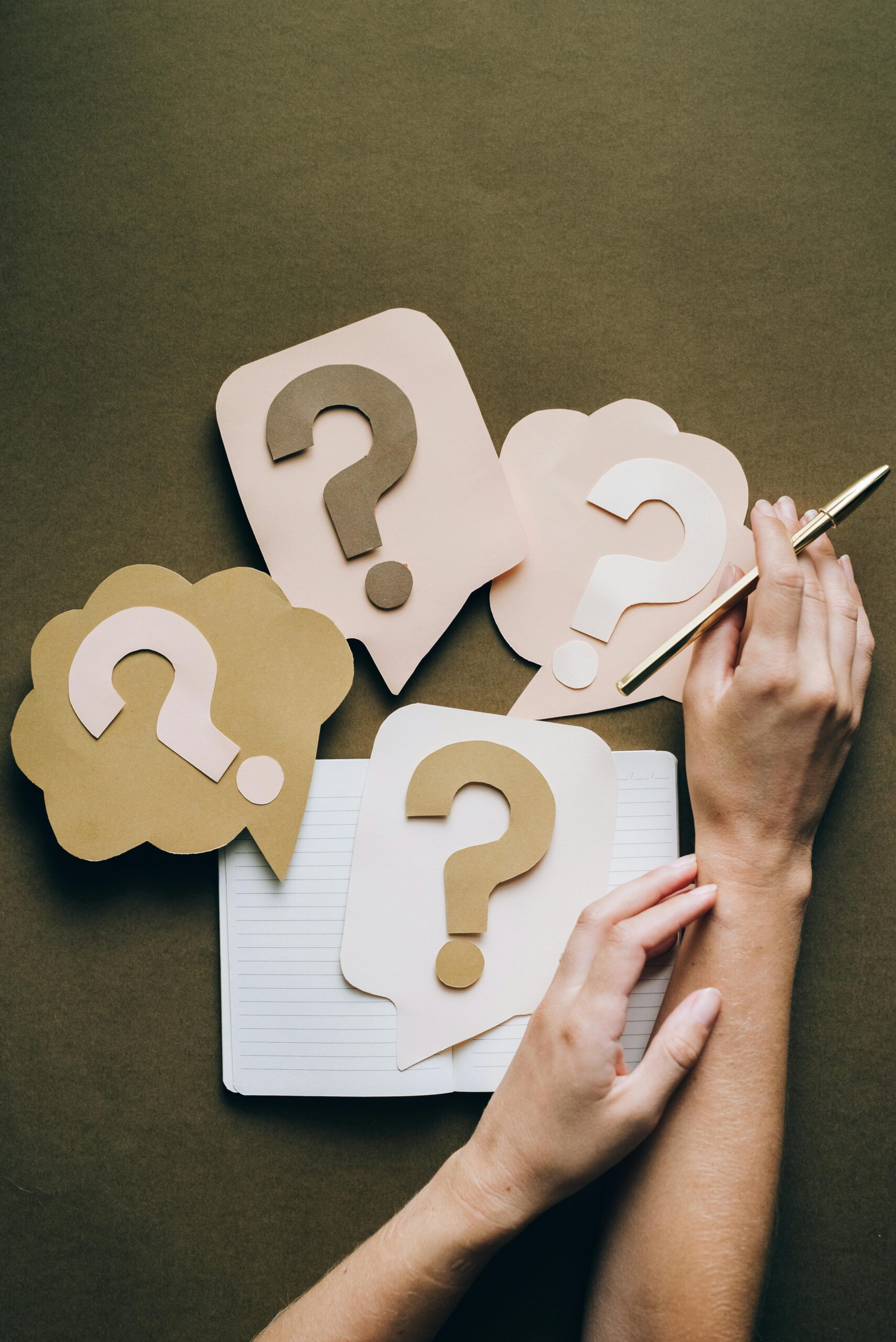
Brain fog stems from the loss of estrogen. There are estrogen receptors throughout the brain, and when estrogen declines, so does cognitive function. So, it’s no wonder there are so many cognitive effects of perimenopause and menopause.
The main brain changes that happen as estrogen declines are in working memory (the ultra-short- term memory where you store the information you need for the task at hand), attention, learning and remembering new words (including names), and retrieving information you’ve previously learned. Cumulatively, these changes can result in the loss of what experts call “verbal fluency,” which is a polite way of describing our sudden inability to string three words together without a struggle.
Brain fog tends to be worse early in perimenopause (as estrogen levels begin to fluctuate). For most women, it’s most severe in the first year after menopause. Generally, cognitive performance rebounds within two to six years after menopause. Even though it’s comforting to know that brain fog is typically short lived, your mental and emotional health and even your job might suffer in the meantime. The strategies I’m just about to share with you will help you get through.
Exercise: As Good for Your Brain as for Your Body
For decades, I believed “Walking isn’t a workout.” I grew up doing aerobics in the 1980s, before moving over to cardio machines at the gym in the early ’90s, trying my best to sweat out calories. Sweat-inducing cardio was the ultimate workout in those days, and I was addicted. I would jump on the Stairmaster until there was a pool of sweat underneath the stairs.
It took me a while to find my way to walking for exercise, but I am so glad I did. When I moved to New York City, Central Park became my refuge. The park helped me to make me feel like part of the city when I was new to it. Later, when I was going through my divorce (and the early stages of perimenopause, though I didn’t know it yet), I would wake up early, unable to sleep. I gravitated to the park, walking miles and miles just to clear my head. When the pandemic hit and going to a yoga class or the gym was no longer an option, I went to the park every single day (the one place I could go maskfree) to get some reprieve from the fearful times we were living in.

A key thing I noticed about these walks is that they made me feel a lot better than those sweaty Stairmaster sessions. Why? I could fill an entire book just with studies about how walking is good for your brain. Walking helps to increase glucose and oxygen flow to the brain, processes that are slowed down by the decrease in estrogen. Like other forms of aerobic exercise, moderately paced walks preserve existing brain neurons and might even generate new ones.
If you are finding yourself unclear, cloudy, foggy, not yourself, on edge, don’t wait until you “have an hour” to work out, or until you’re done with “one more thing.” Grab your keys and your phone (just for safety’s sake— you’re not going to use it while you’re gone— deal?) and just walk out the door. Don’t put on a podcast or make a call. Don’t talk to Siri about what you have to schedule when you get home. Just start moving. Ten minutes could change the next ten hours, or even the next ten years of your life.
Puzzles: Mysteriously Powerful
When I was growing up, my family would spend Friday nights playing Pictionary or Othello before the opening credits of Dallas would roll. Game night. I hated it! What I wouldn’t give to have just one of those nights again, but back then, my mind didn’t want to have to work anymore once the weekend hit. Little did I know that all these years later, games would become one of the new daily rituals that would help me gain back my confidence in my words and my ability to remember.
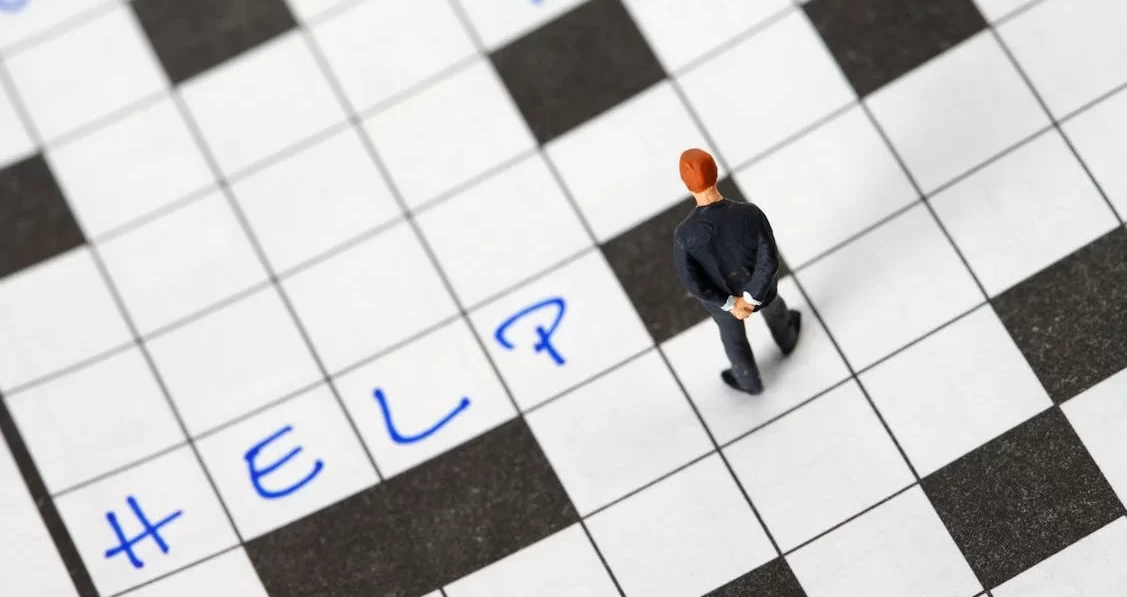
When brain fog first hit and I had no idea what was happening to me, the first proactive step I took was to start doing crossword puzzles. Before this point, I had never done a crossword puzzle in my life, and I would scoff when I heard someone spending so much time on them. But I knew they were supposed to be good for the brain — studies have found that people who regularly did crossword puzzles had less brain shrinkage than those who didn’t.
So, I picked up a pencil and gave it a whirl.
While, of course, I noticed that crosswords helped strengthen my vocabulary, what I really valued was that they made me focus on one clue at a time. Today, I use my crossword puzzle brain for most tasks, and take each challenge one by one. It makes me stop to think and then complete just the task that’s in front of me, instead of thinking of every single thing I need to do, which paralyzes me into inaction.
Focus Strategies For When You Need to Concentrate
Concentration can also become a struggle when you’re experiencing brain fog. Try these strategies to improve your focus and productivity while you’re working on something important:
- Determine the times of day when you feel most energetic and mentally sharp by tracking your daily activities, using a phone app or a notebook.
- Reserve these periods for tackling more challenging or complex tasks.
- Schedule regular breaks during longer projects, walk away from the computer, and go for a walk, or look out the window— otherwise, you’ll be too tempted to distract yourself with some mindless scrolling, which usually makes you feel less focused.
We might not return to the razor- sharp days when our brain was awash in estrogen, but we can pay less attention to negative developments, have more and better ideas, come to better conclusions, and know how to act on them more quickly and more effectively. And isn’t that what wisdom is all about?
ABOUT THE AUTHOR
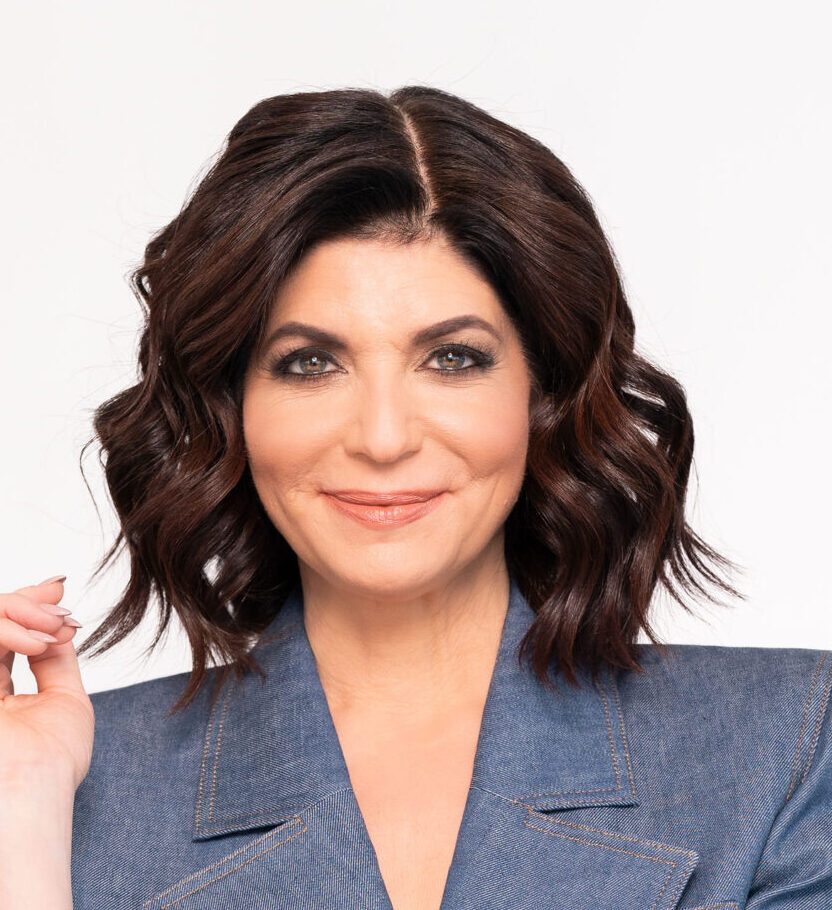
Tamsen Fadal is an Emmy Award-winning journalist, author, documentary filmmaker, and social media’s “midlife mentor.” After more than three decades as a news anchor, Tamsen pivoted her career towards women’s advocacy, guiding her audience of 4+ million (50+ million monthly views) through midlife and beyond. She is the creator and executive producer of the PBS documentary, The M Factor: Shredding the Silence on Menopause, which has been viewed by over 1 million women across 350+ cities and 42 countries, and the author of her new book,How To Menopause: Take Charge of Your Health, Reclaim Your Life, and Feel Even Better than Before (Hachette 2025).
Attending to Attention
© 2024 Gay Watson
Adapted from Attention by Gay Watson. © 2024. Reprinted with permission from Reaktion, London.
Tell me to what you pay attention and I will tell you who you are.
–Ortega y Gasset
Each of us literally chooses, by his way of attending to things,
what sort of a universe he shall appear to himself to inhabit.
–William James
Pay Attention!
We hear the command to ‘Pay Attention!’, and most probably the years drop away and we are returned to the voice of our parents or to our classroom. Since our early years, we have been exhorted to pay attention and yet in truth very little attention is ever paid to attention itself. What we do pay attention to is most generally either its absence or the object or content of the attention that is required, ignoring the process itself. Yet attending - the overlooked process - is at the very heart of who we are, and how we become that person we think we know. It is also at the heart of the world we feel we live in. As a Buddhist scholar wrote: ‘It is as if the accomplishment of mere tasks is of primary value, while the quality of awareness with which these tasks are undertaken is irrelevant.’[3] However, if we voluntarily and consciously turn our awareness towards the process and not the product, we may discover a whole new way of seeing and being.
Attention is at the heart of everything we do and think; yet it is usually invisible, transparent, lost behind our fixation with content. We pay attention to this and that every moment or we let our attention wander, but we rarely give attention to the process of attending and distraction. It is typically viewed instrumentally, in terms of what it can achieve, and so its process and practice are overlooked. Yet such sought-after traits as mindfulness and grit are founded upon attention
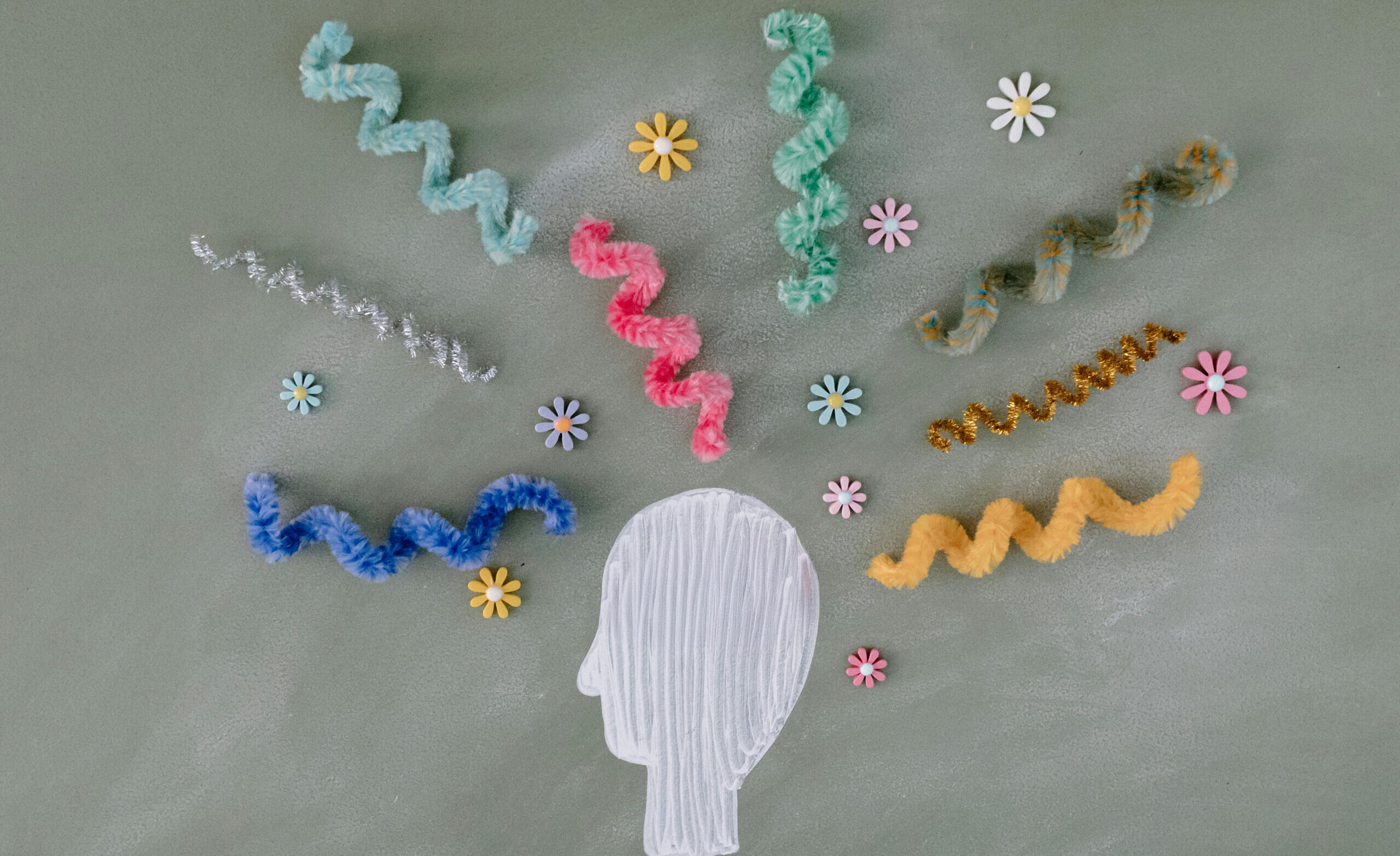
Here and now would seem like a good time to turn attention to attention itself. Some aspects of attentional practice have become common topics of current discussion and research, both as threat, demonstrated by new media, distraction and attention deficit disorder, and as enhancement in the ever-burgeoning field of mindfulness practices. But to consider attention meaningfully, we need to consider both the how and the what: how our attention actually works in daily life, and to what we can and possibly should allot the finite resource of our attention in order to live better. We find that the processes of attention involve both those that are involuntary and also some that are voluntary, under our control and will. Practices of attention are obviously targeted at the latter. As the cultural attacks on our involuntary attention increase exponentially from the constant overload of advertising, and commercial inroads on our limited attentional capacity, so a wise cultivation of good habits of attention becomes increasingly important.
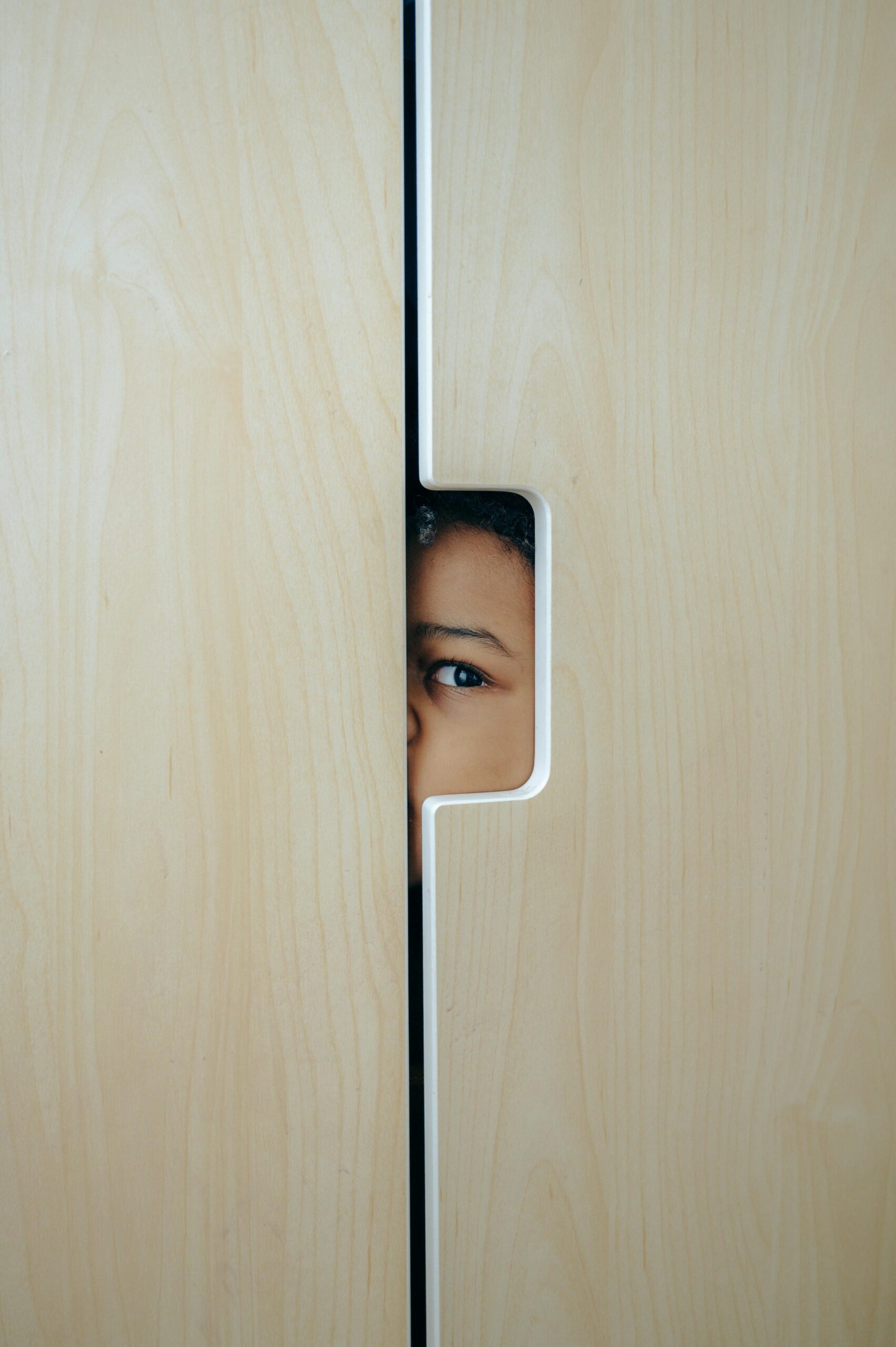
Neuroscience has revealed that the processes of neuroplasticity, the ability of the brain to alter its very structure - the pathways and patterns of the firing of neurons in response to repeated experience - continues throughout life. Mechanisms of attention are found to be at the center of this process. Voluntary attention, it now appears, is a skill, something that we can learn through practice; sculpting our brain patterns, and enhancing the mind in ways that will deeply affect the person we become. Just as “Pay Attention” has become merely a phrase rather than a conscious action, so the belief that we are ‘creatures of habit’ has also become an unconsidered adage. Yet if, as research is showing, we are literally formed by our habits, our brains sculpted by our repeated routines, it surely behooves us to choose carefully what habits we espouse. Habit is usually unconscious, attention so habitual that it is no longer noticed. Practices of attention shed light upon habit, enabling us to consider what may be helpful and what unhelpful at any time. Good habits require continual questioning, to ascertain if they are still valuable in an ever-changing context.
The value of practices of attention was initially revealed to me as I wrote a book titled A Philosophy of Emptiness.[4] This explored ideas of emptiness through time and space, from their origins in the East with Taoist and Buddhist teachings, entrance into the West through Greek philosophers, then a long period of forgetfulness under Christian supremacy until they resurfaced in the modern world. So, a very brief diversion to illuminate ideas of emptiness is called for. For this emptiness, despite its name, does not denote mere absence or non-existence.
In Taoist writings Presence, the empirical world of the ten thousand things in constant transformation, arises from the generative foundation of Absence or emptiness. Tao or Way can then be understood as the process of emptiness continuously giving rise to the realm of Presence, of form emerging from formlessness.[5] These philosophical ideas of emptiness are concerned with an emptiness of essence, an emptiness of form, fixity, permanence, intrinsic identity, and definition. The other face of emptiness then becomes interdependence, a celebration of plurality, change, and contingency.
A full understanding of emptiness, which entails an appreciation of the impermanence and interdependence of everything that is far from being an absence, changes and enriches one’s perspective on life and the self. What I discovered was that such an understanding required a turning away from our Western, and mostly unconscious, fixation on presence and substance.
In Eastern traditions the rigid opposition between presence and absence, existence and non-existence, is more blurred and ambiguous. This gives rise to, and indeed arises from, such concepts as sunyata, the Sanskrit term that is usually translated as emptiness, though, as I hope the description above has indicated, it has far more positive connotations than the English word commonly embraces. An interesting example of this is that sunya or empty was the word first used in India to translate the concept of mathematical zero, an indispensable principle for arithmetical operations which today forms half of the binary language of modern computers. [6]
The West has traditionally resisted change and impermanence and followed the ways of presence and substance, embracing a world that obeys abstract laws and an immortal soul that may allow us to escape death, and a God or Form that sits beyond or above ever-changing reality, and which, since it is unchanging, is somehow more real. For those brought up in the usually unquestioned Western outlook, appreciation of emptiness, impermanence, and interdependence asks for a kind of figure/background reversal, away from this historical and now-unconsidered concentration on substance and presence. Such a reversal allows us to appreciate the dynamic dependence of form on space, and of sound on silence, providing depth, context, and richness.
Seen in this light, one can understand that Western philosophy needed deconstruction in order to loosen the hold of form and fixity, substance and presence. Such a reversal, to be followed by reconstruction of a truer balance, asks for a practice of attention. It is close attention that reveals bias, which then allows for recalibration and balance. But such attention also requires practice, and what my research into emptiness has also revealed, is that practices of attention once inextricably linked to philosophy (etymologically the love of wisdom), despite its importance as theoretically revealed by neuroscience, has long since been divorced from both science and philosophy.
However, at the same time, in art practice, in psychology, and in the contemporary popularity of mindfulness in every aspect of life, such practices are still around, and perhaps even more needed in an ever-changing world where compensatory emotional seeking for certainty is so strong. Thus, an exploration of the habits and practices of attention seems to follow on seamlessly from philosophies of emptiness.
We can train habits and we can lose them. In the 1980s, scientist Gerald Edelman coined the term ‘neural Darwinism,’ explaining how experience strengthens or prunes away the pathways of our neuronal firings. Each of us is thus deeply individual, the results of our individual experiences. Oliver Sacks has described how, in the development of motor skills in babies and rehabilitation after injury, the paths of learning differ.
‘Everyone must discover or create his own motor and perceptual patterns, his own solutions to the challenges that face him . . . neural Darwinism implies that we are destined, whether we wish it or not, to a life of particularity and self-development, to make our own individual paths through life.’[7]
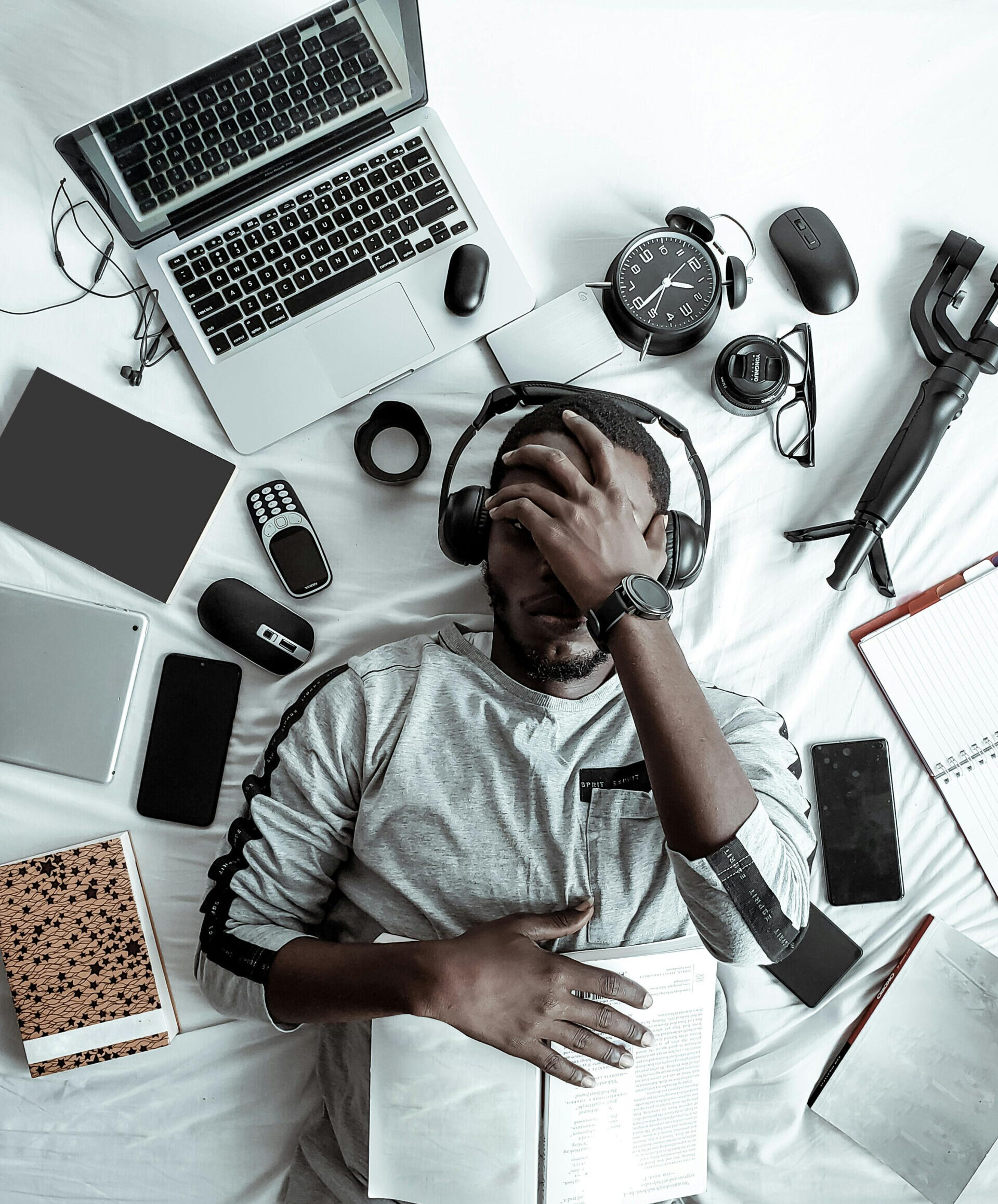
Practices of attention then become practices of self-creation. They may enhance, enrich, or impoverish our own lives and indeed the lives of those around us.
It is vital then that we discover what practices may help the development of a healthy mind and what may harm it. At this time of rapid social and technological change, as the use of computers, electronic devices, social media, and texting are changing our practice and our experience, attention to attending becomes even more crucial. It all depends on how we attend; the ethical ingredient of attention.
Neuroscience research is illuminating mental processes more clearly. Many recent findings, such as the discovery of the default mode of the brain, of distinction between narrative and present-focused modes of attention and the potential unhappiness of the wandering mind, open up the field in ways that are not only fascinating but also central for wellbeing. Neuroscience, however, will never provide the whole picture of our experience; we are also embodied creatures, embedded in culture as Sacks suggests.
Aside from science, other fields, ancient practices recently modernized, psychotherapy, and the various disciplines of art and craft, have long experience in practices of heightened attention. My intention is to engage with the experience of experts in all of these areas to attempt to present an exploration of attention in action, an investigation that is wide-ranging rather than deep, and experientially- rather than theoretically-based. I want to converse with those who are experts in attention in various fields about the place of attention in their experience, and to explore what practices have honed and continue to inform and enrich their attentional skills.
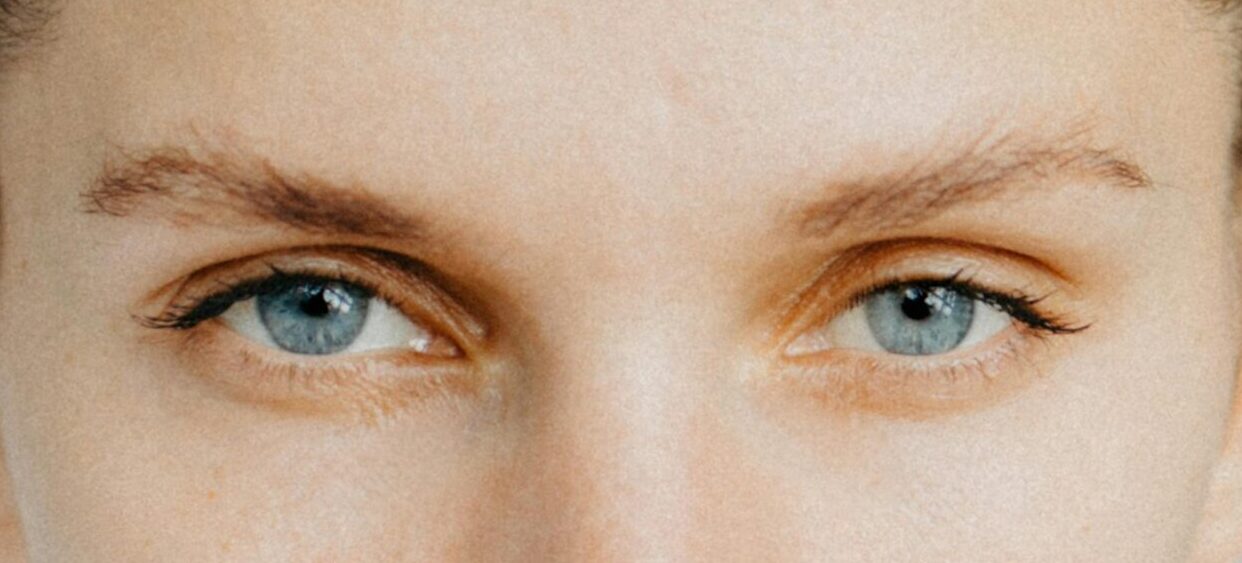
Three distinct threads will weave through this exploration: first that attention is a skill that can be learned and practiced, and following on from this, a review of practices that may be healthful or harmful in opening up the intention behind them. The third significant thread is a reflection on enhanced or refined attention’s importance to a secular or immanent transcendence. In our material age there is still a yearning for some form of transcendent or ‘spiritual’ experience. It would seem that a heightened form of experience, Freud’s ‘oceanic feeling,’ a sense of oneness with nature, or the expansion that art may induce in us, may play this kind of role, stemming from a different kind of attention.
Paying attention to the very process of attention itself rather than merely the contents of attention is central to the well-lived life. It exposes habit, allowing for consideration of its value at each stage of ever-changing life. It can also point towards the possibility of enhanced experience of that life itself, a deepening of involvement and understanding brought to every encounter. And it all begins with attention.
References
[1] J.Ortega y Gasset. www.wisdomquotes.com, access 5th February, 2015.
[2] W. James, Principles of Psychology, (Cambridge, MA , 1981), p.401.
[3] A. Olenzdzki, Unlimiting Mind, (Boston, 2010), p.85.
[4] G.Watson, A Philosophy of Emptiness, (London, 2014).
[5] I am indebted to David Hinton for this description. Much of my understanding of Taoist ideas
comes from his writings and translations and from the work Francois Julien.
[6] See A. Alexander: ‘Finding Zero: A Journey Back in Time, All for Naught.’ From New York Times
reprinted in Observer, (10th May 2015).
[7] O. Sacks, On the Move, (New York, 2015) p.368.
ABOUT THE AUTHOR
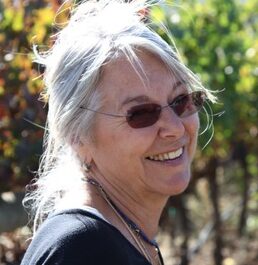
Gay Watson has a PhD in Religious Studies from the School of Oriental and African Studies, University of London and also trained as a psychotherapist with the Karuna Institute in Core Process, a Buddhist inspired psychotherapy. She is the author of five books, including Beyond Happiness, Deepening the Dialogue Between Buddhism, Psychotherapy and the Mind Sciences (2008), A Philosophy of Emptiness (2014), and Attention Beyond Mindfulness (2017, 2014). Based in England, she has spent much time in California.
North Star Habits
Stories of finding our way home
© 2025 Fleur Chambers
When I first came up with the idea for this book – and this collective writing experience – I knew I wanted it to achieve two things: to give my community the opportunity to tap into their stories and build creative confidence, and to end up with a book that inspired anyone who read it to believe in the power of small commitments. Hence, the idea for Meditate, Write, Celebrate was born – a program designed to help each person unlock their inner writer, move through creative blocks and uncover the power of storytelling.
Over several months, seventeen individuals from all around the world identified and explored their North Star habits – those regular commitments that act as an inner compass, guiding us back to our values and the ways of life that allow us to feel alive. Each writer set out to explore how these habits supported them during the inevitable highs and lows of life. The result is a beautiful, diverse and honest collection of daily habits from writers who range in age from their twenties to their seventies; many of them embracing habits they never saw coming; habits that surprised them and inspired them and reminded them that to feel alive you must remain open.
I hope you enjoy these three short excerpts.
* * *
Jennifer Robertson is a wife and mother looking for new and exciting ways to express herself in midlife. She was in her forties before she learned the meaning of self-compassion thanks, in part, to a special Sunday ritual.
I turn on the music as I gather the ingredients. I light a candle, marking this time as sacred, before I proceed with my Sunday ritual. It’s the time of year when the sun fills our kitchen with light early in the morning. It makes the perfect mood for spring soup making and dancing. Between chopping, blending and stirring, my voice grows louder and stronger. I think of the birds outdoors, unafraid to sing loudly. This too is part of the soup process.
I do my best singing and dancing while making soup. Somehow, it all blends together. I have found that as my voice strengthens in the kitchen, I am better able to extend my voice elsewhere as well. I am learning to voice my concerns and care in ways I once could not – and it all starts here in this kitchen.
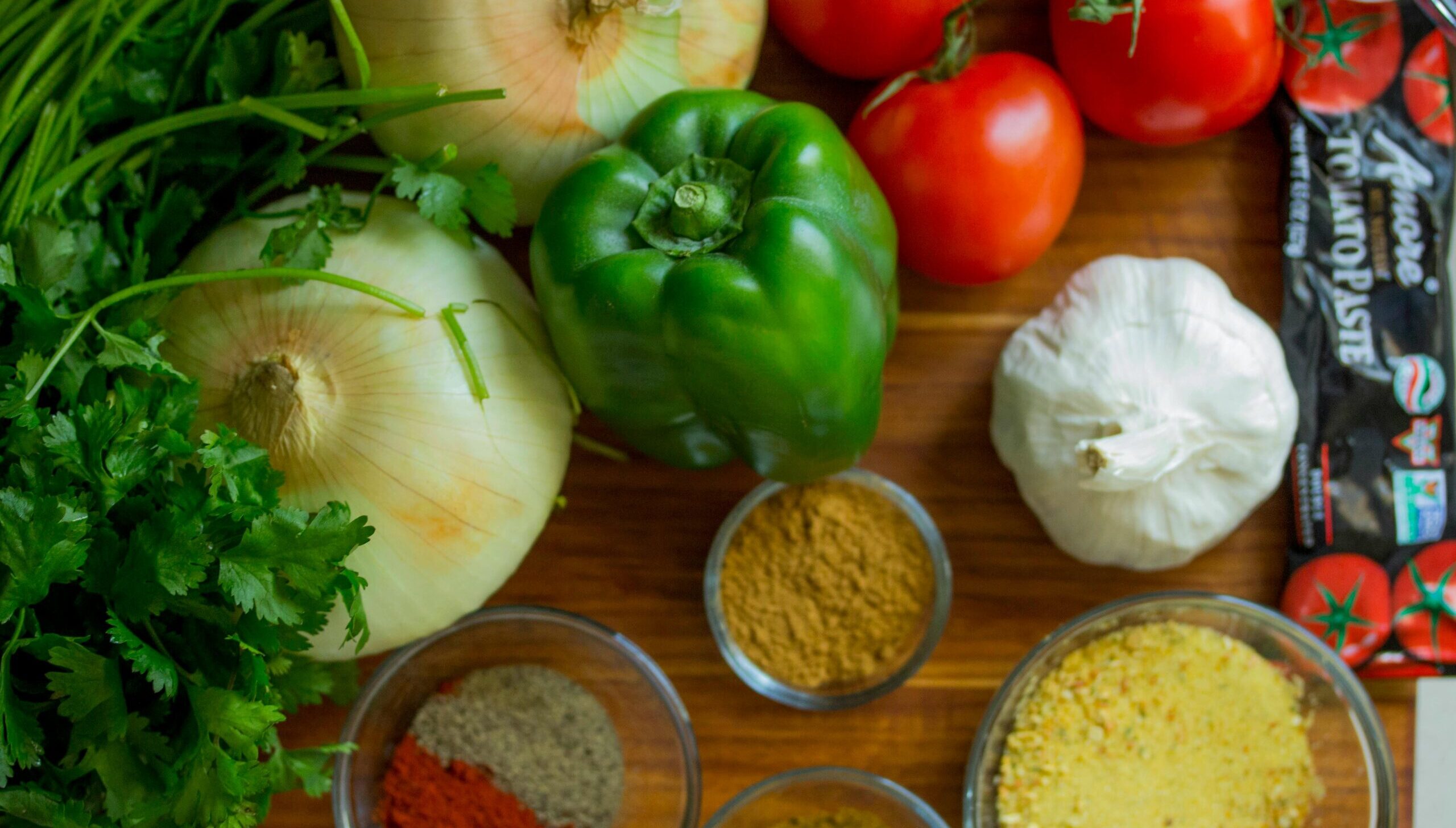
If you were to look through my kitchen window and see a woman making soup, you might think, What a wholesome, heartwarming scene, and it is. But it is also more than that. I used to be a person who did not allow myself this time or kindness. I was caring and accommodating to those around me, while being very unkind to myself. My default mode was to push myself beyond my boundaries and criticise myself throughout the day for not doing more or being better.
Soup-making is not only a sacred practice in my week, it is a great act of self-love allowing me to enjoy the sights, smells and tastes of my garden. This act connects me to nature, to source. It is also a time to slow down and be with myself. It allows me to feel cared for, nourished by the earth, my own hands and my intentions.
* * *
Ross Pollard has spent twenty-three years as an Australian paramedic, the last twelve on the helicopter. His time away from work is spent with his wife and kids by the beach. If he is not in the cold ocean, he is taking a daily ice bath.
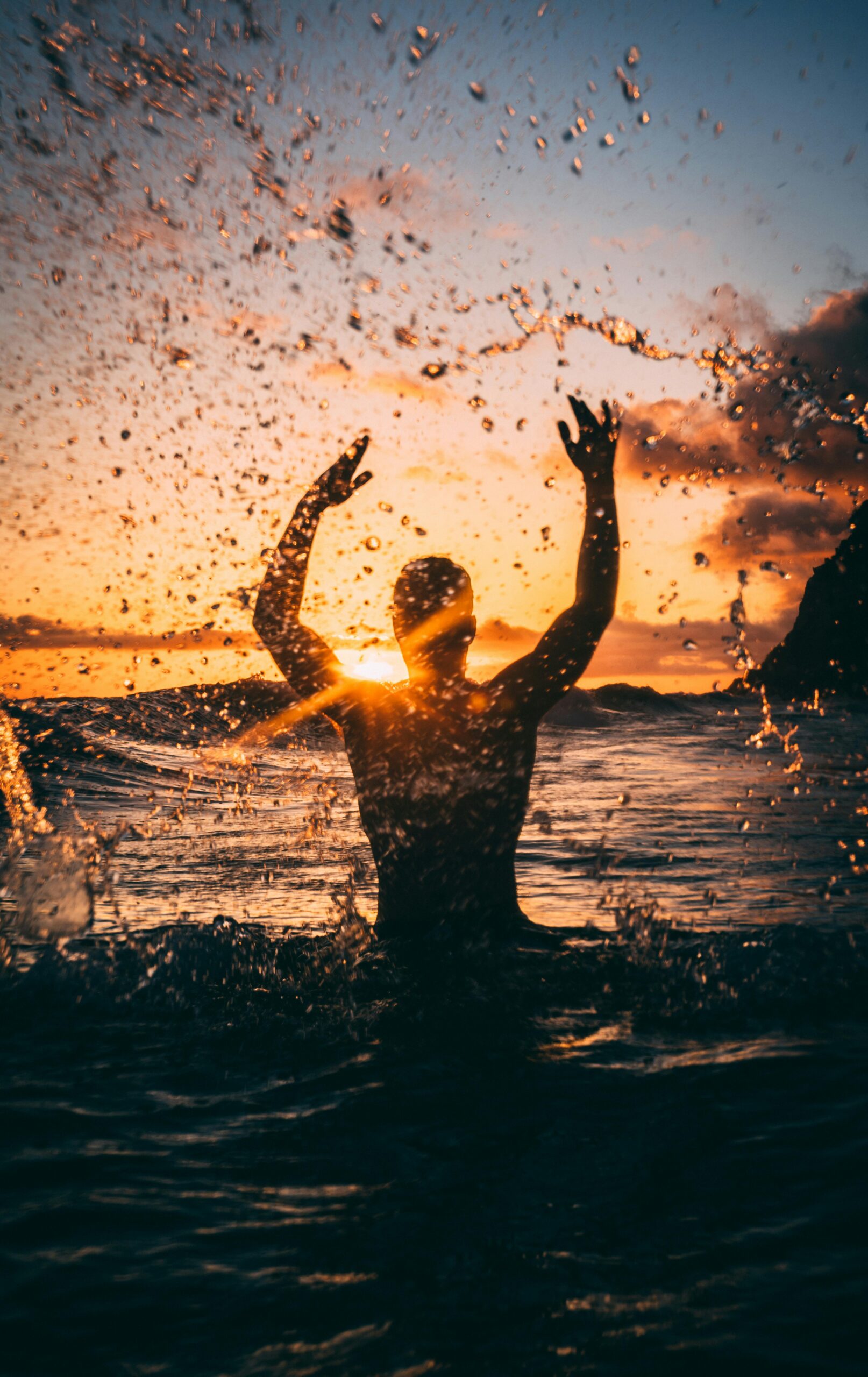
When I rediscovered ocean swimming as an adult, something had shifted. I didn’t abandon the ocean as the weather got cooler – in fact, I embraced it. No wetsuit, just a wetsuit hat. It became a type of meditation for me. In the water, any thought or distraction would throw me off, so I was required to stay in the moment. It worked and I had complete mindfulness. I finished my swims with a steam and a hot shower. The contrast was amazing, and I always left for home in an amazing mood. Whenever I felt bed or something was getting me down, my wife would send me off for a swim. It was just brilliant – a complete cleansing of the brain and body. I would return home a new person – calm, happy, unaffected and less reactive.
The therapy of the ocean and the cold water is a well-researched and proven phenomenon. The late marine biologist and great waterman, Wallace Nichols, calls it ‘blue mind’. He says, ‘When you see water, when you hear it, it triggers a response in your brain that you’re in the right place.’
As a paramedic, my work has always been stressful – we see trauma and tragedy daily – but I was good at my job and had been totally committed for over a decade. Then came 2019. I had been bullied at work and I finally spoke up. My concerns were not taken seriously and to my complete shock, I was put on leave from my job for an “unspecified time’.”
When your job gives you a huge part of your identity and it’s suddenly taken away, it’s easy to feel untethered, angry and lost. My mind spun and I went into full depression and panic. So, every day while suspended from my role, I went home to the cold water – and for that hour nothing was wrong. The water also helped me process the strong emotions running through my body.
Maybe you’ve experienced the feeling of losing your job overnight, or the loss of any part of your core identity. For two decades my weeks revolved around sitting in an ambulance and, later, in an emergency helicopter with one focus: helping people. When you’ve had that kind of purpose for most of your life, it’s a strange and surreal feeling to have it taken away, even if it’s just been put on pause. This is where the benefits of cold-water swimming went far beyond a form of exercise or a way to get an endorphin boost – it taught me to embrace and accept all kinds of hardship. Every time I was challenged by the cold water, I was conditioning my mind and body to overcome the challenges I was facing at work.
I had a light-bulb moment with a fellow cold-water swimmer when he said: Don’t speed up to warm up. Accept that it is cold and go from there. Start off slowly and enjoy it. It’s just cold water. It was so true, and it took me to another place again – an acceptance of a new zone for my body, mind and outlook on life. A place of resilience, numbness, invigoration and pure joy! It was better than any possession or amount of money.
* * *
As a single mother in Vietnam, Tang Duyen Hong faced significant cultural and social stigma that amplified the challenges she faced. Hong had two choices: to accept the fact that her life would be lonely and full of barriers, or to use her voice to empower other women. She chose the latter, and her daily habit became a movement.
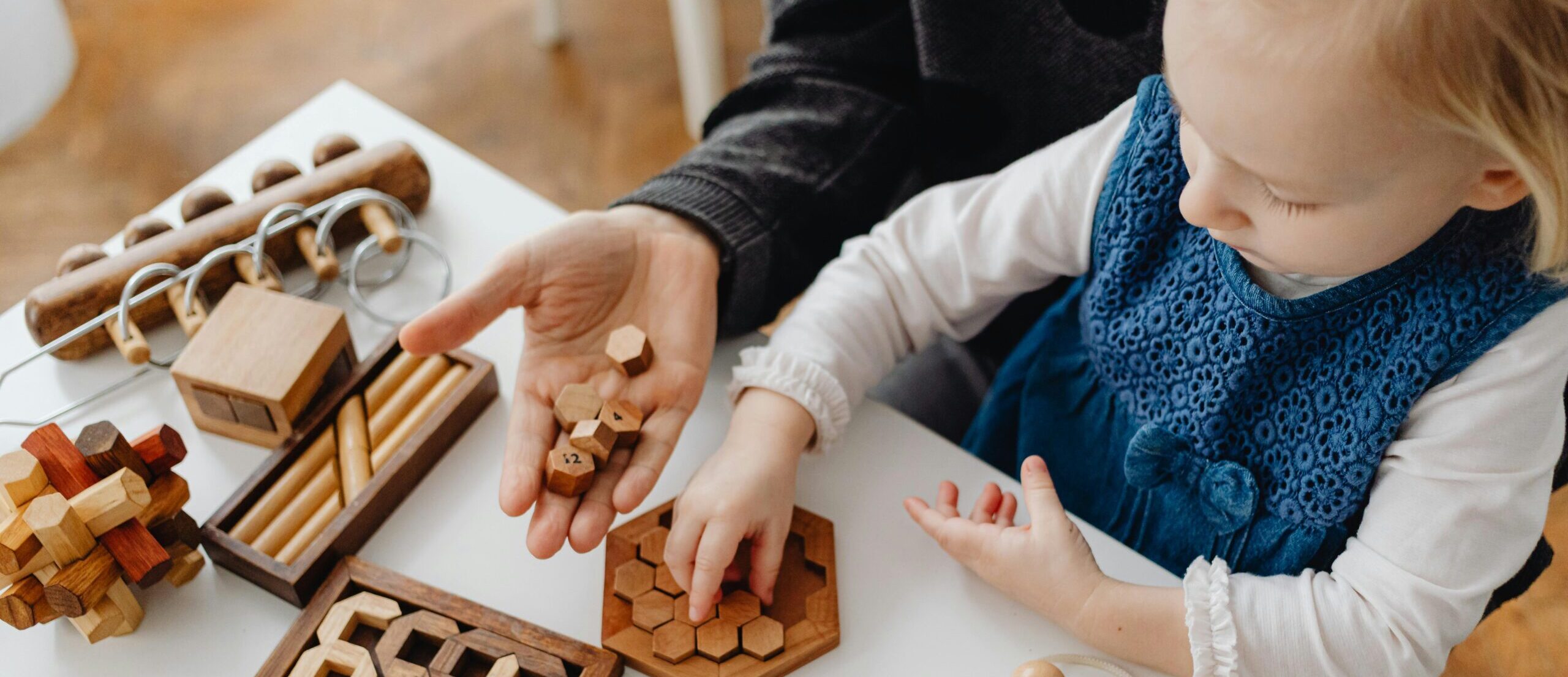
I also grew up in the aftermath of the American War. My father journeyed to Europe in search of education and opportunity. My mother was left to provide for our family. When I was eleven years old, my mother made the heart-wrenching decision to leave me behind as she went searching for work. Like many women, she felt like she didn’t have a choice.
I was left under the care of my grandfather. My grandmother had just died, and everyone thought it was best that I stay there. Even though I only weighed 30kg, when I wasn’t at school, I was tasked with managing the household chores. I cooked, cleaned and tended to the sprawling garden that seemed to stretch endlessly into the horizon. I also took care of my younger cousins, one who had lost both parents. The echoes of the war lingered in the air. Poverty, scarcity, grief, loss and conflict seeped into every aspect of life in the coastal village I called home.
As I grew older, I became acutely aware of the disparities within my family. My father, with his European education and unfamiliarity with the realities of war-torn Vietnam, struggled to comprehend the hardships faced by my mother and her generation. Meanwhile, my mother, with her stoic resilience and unwavering determination, carried the weight of her past with her; a constant reminder of the trials she had endured and continued to endure.
As a teenager, I struggled to navigate the divide in my family and to reconcile the complexities of our history. I felt alone and like my voice or experience didn’t matter. In my attempts to bridge this gap, I often found myself caught between two worlds, unable to fully belong to either. And this is how I found my way to the healing habit of writing. Every night during my adolescence, I poured out my heart and soul onto the blank canvas before me. I was young, but I already had a lot to say. I can still remember huddling in the corner of my makeshift bedroom with only a candle to shine a light on my journal.
Now, more than twenty-five years later, I am struck by the profound impact that writing has had on my life. What began as a solitary pursuit in my childhood bedroom transformed into a means of navigating the complexities of my own existence as a young adult. And then over time, it blossomed into a powerful force for change, shaping not only my own destiny but the lives of countless others. Today, I run the largest support group for single mothers in Vietnam, enabling women to be free from stigma, abuse and shame. A large part of this is amplifying the voices of those who have historically gone unheard.
* * *
Perhaps as you read this, you are reflecting on a hobby or habit of yours that has changed over time too? Is there something in your life that began as a way to escape or manage your inner turmoil and turned into something that provides greater meaning and connection?
There is something I’d like you to know about every courageous writer who contributed to this anthology: sharing their (very personal) stories did not always come easily. Each of these writers went through a personal journey to get their perspective on the page. They faced self- doubt and creativity blocks. They challenged their egos and danced with vulnerability in order to share a part of themselves which, in many cases, they’d never talked about publicly. For that, I want to applaud them.
I didn’t just ask these authors to write about a habit, I challenged them to share a story of inner transformation and the reason they were called to transform. For many of the writers, the process was both revealing and healing.
Writing and sharing our story is a powerful way to create meaning. Our stories speak to a moment in time whilst simultaneously drawing upon all the moments that have come before. And, in writing them, we send a GPS to the universe, or to life, that we are here, owning our pivotal moments, our actions and our life choices.
We get to interpret the events of our lives, to choose how and why we connect the dots of our experiences. We get to speak of both pain and joy from a place of authenticity, honesty and empowerment.
If you wrote your story, what themes would act as the thread that weaved your days, months and years together: forgiveness, compassion, courage, adventure, humor, honesty, resilience? You can begin by asking yourself these questions.
- What did you enjoy from your childhood and how can you weave the energy or feelings that underpin this into your adult life?
- Is there something that you do now that allows you to connect with your younger self? How can you use this habit, hobby or experience as a way to feel more compassionate, gentle or forgiving towards your younger self?
- Is there a habit that you could expand upon so that it transforms into an act of service or a way to contribute to the world?
- How could you use your habits or hobbies to foster more meaningful connections with family, friends, colleagues or strangers?
- Is there something in your life that you could allow to hold greater meaning, helping you connect with the memory of your parents, grandparents or lineage?
- How could you make your everyday habits like cooking, gardening or walking the dog feel more sacred or meaningful?
Thanks for being part of this celebration of simple habits and the profound impact they can have on our lives.
ABOUT THE AUTHOR

Fleur Chambers is a multi-award-winning meditation teacher, Creator of The Happy Habit app, bestselling author of Ten Pathways and Wholehearted Confidence and philanthropist. Through her guided meditations, courses and books, Fleur is helping people all around the world say yes to their entire lives, even the challenges and difficulties.
With proceeds from The Happy Habit funding grassroots projects in some of the poorest communities around the world, Fleur is using meditation, self-enquiry and story as tools for social change. To date, The Happy Habit has provided sixty-five thousand people with access to a lifetime’s clean drinking water.
Skillful Means: Concentration
Your Skillful Means, sponsored by the Wellspring Institute, is designed to be a comprehensive resource for people interested in personal growth, overcoming inner obstacles, being helpful to others, and expanding consciousness. It includes instructions in everything from common psychological tools for dealing with negative self talk, to physical exercises for opening the body and clearing the mind, to meditation techniques for clarifying inner experience and connecting to deeper aspects of awareness, and much more.
Concentration
PURPOSE/EFFECTS
One of the hallmarks of modern life is the proliferation of distractions. As media become more pervasive, and media connections more ubiquitous, time away from distractions becomes ever harder to find. Previously, people were content to sit in restaurants, or stand in line, without a screen to stare at. Now these have become standard. The result of all this, and many other causes, is that people find it increasingly difficult to focus their minds.
Concentration is a necessary human skill. It makes proper thinking possible, increases intelligence, and allows a person to calm down and achieve their goals more effectively. A concentrated mind is like a laser beam, able to use all its powers in a single direction to great effect.
Concentration is critical to many human endeavors. Being able to listen to another person, for example, in a compassionate and connected manner requires being able to shut out distractions. The experience of making love can be greatly enhanced when one is not, for example, thinking about other things.
Concentration allows a person to stop being a "reaction machine" or "robot," simply responding to stimuli, and instead to become more thoughtful, self-directed, and confident.
METHOD
Summary
Think about one thing. Every time you get distracted, return to that one thing.
Long Version
- Find an object on which to concentrate. This can be a physical object, like a pebble or a feather. Or it can be a mental object like a particular idea. It could even be, say, your homework.
- Cut off any sources of distraction. These include, but are not limited to, telephones, emails, computers, music, television, and so forth. Turn all of these off during your concentration practice.
- Begin your period of concentration by mentally reminding yourself what you are concentrating on.
- Now begin to concentrate. If your concentration object is an external object, this may mean looking at it. If it is a mental object, then think about it. If it is your homework, then do it now.
- Each time your mind (or eyes) wander from your concentration object, bring it back to the object. It is important to do this very gently and without judgment.
- Repeat this process of coming back to the concentration object for as long as you wish, or until your homework is done.
HISTORY
Cultures worldwide have developed concentration practices for both spiritual and practical reasons.
Concentration is called dharana in Hinduism, and samadhi or shamatha in Buddhism. It is considered to be a key skill for meditation.
CAUTIONS
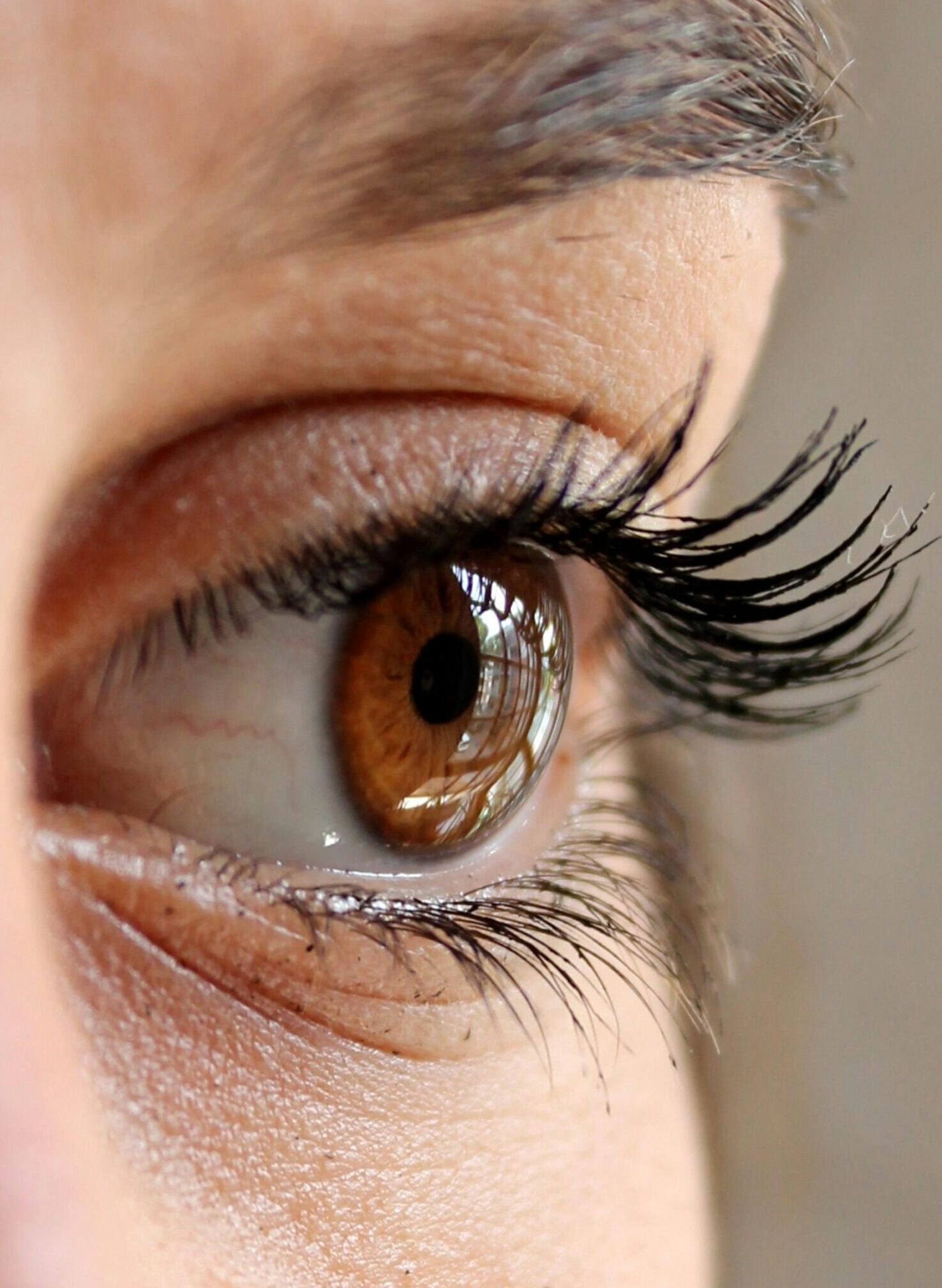
Concentration can at first seem to trigger a lot of anxiety. This is, however, not the fault of the concentration practice. Rather, it happens because many people use distraction to avoid feeling emotions. Then when the distractions are removed, a tremendous amount of ambient, unprocessed emotions (i.e. emotions you are feeling but were unaware of feeling) are present. So it is not the practice of concentration that is causing anxiety, but instead it is the habit of distracting ourselves from our emotions. This may be the root cause of much inability to focus and concentrate. If that is the case, try meditating on emotions.
NOTES
Concentration is an interesting thing. It is a very general ability. That means developing concentration in one area will help you concentrate in ALL areas. So, for example, if you learn to concentrate on a particular idea, it not only helps you think about that idea (which would be very limited), but actually helps you to concentrate on anything, which is very generally useful for everything! It's like lifting weights. It doesn't just make you strong for lifting weights, but strong for anything else you want to do!
Concentration and meditation are not the same thing, although they are related. Meditation (usually) requires concentration, but also requires relaxation or equanimity.
SEE ALSO
EXTERNAL LINKS
In psychology or neurology, concentration is usually referred to as "attention."

